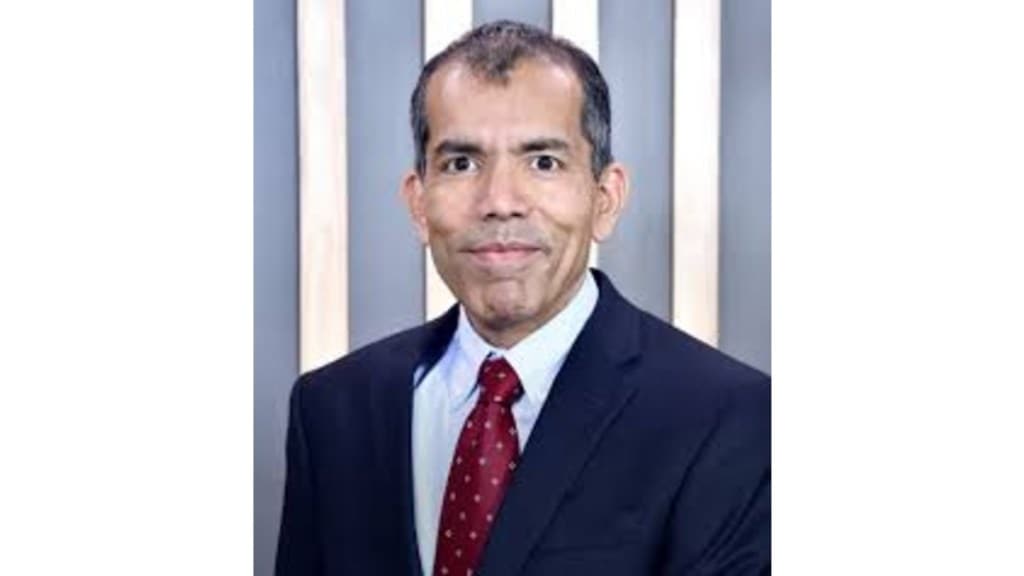Hero Future Energies (HFE), which reports suggest is looking at an initial public offering (IPO) to raise about Rs 3,500 crore, recently raised Rs 1,908 crore in funding from State Bank of India (SBI) and Canara Bank. Srivatsan Iyer, chief executive officer of HFE tells Raghavendra Kamath about the company’s plans and his views on Indian renewable energy sector .
There’s been some talk about a possible IPO. Can you share any details?
At this stage, our priority is project execution. That’s where all our focus lies. If and when an IPO happens, it will depend on regulatory developments and timing. But right now, it’s all about delivering on the projects we’ve already won.We had KKR come in as an equity investor a couple of years ago, so we’re capitalised and focused on executing our signed PPAs on schedule.
You announced green hydrogen projects earlier. Are you developing more green hydrogen projects ?
Yes, we are actively pursuing new green hydrogen projects across the country. Our customers are spread across the country, so we’re not limiting ourselves to any one state. We’re focusing on use cases where hydrogen can either be used directly or replace fossil fuels like LPG or natural gas.
There’s been some concern about merchant power prices going down, leading to delays in signing of PPAs and setting up of new solar plants. What are your views?
We have seen the PPA process become much smoother in recent years. Central government agencies like SJVN, NTPC and NHPC are now signing PPAs for most of their awarded tenders. We do not see this as a bottleneck anymore. All our ongoing projects are backed by signed PPAs.
With new thermal projects being announced, how do you view the balance between renewables and conventional power?
India’s power demand is growing at around 6–7% annually. To meet this growth, we must ensure new capacity is reliable, affordable and sustainable. In the near and medium term, both renewable and thermal power will coexist. Developing economies like India still need all available energy sources to meet demand. However, globally, the rate of thermal capacity addition is slowing, while renewables remain the fastest-growing energy source.
The government has targeted 500 GW of renewables by 2030. Do you think it is achievable?
It is certainly ambitious but achievable. We still have five years to go and need to add around 50–60 GW per year. The central government alone is bidding out 40–45 GW annually and states like Maharashtra, Andhra Pradesh, Karnataka, and Rajasthan are accelerating their own tenders. Add to that the distributed solar push through schemes like PM Surya Ghar and solar for agriculture, and I believe we can get there. It’s a challenging target, but India’s pace of renewable additions is rising each year.

